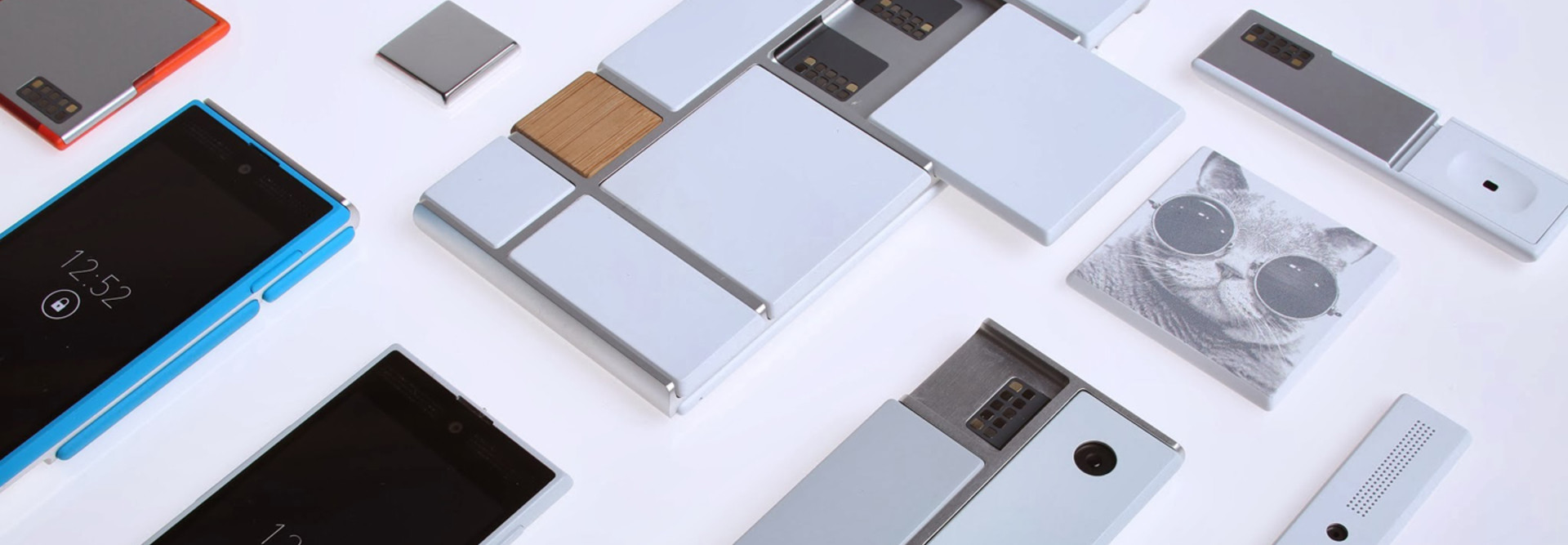Google's Innovative Approach to Hardware
When Larry Page and Sergey Brin started Google as Ph.D. students at Stanford University 18 years ago, no one would have guessed that their original take on search engines would turn their research project into one of the most valuable technology companies in the world.
Google’s been more than just a search engine for years, of course. But its eagerness to constantly explore new technologies and market opportunities is as strong as ever.
Take Project Ara, for example. Acquired with Google’s purchase of Motorola Mobility, Project Ara is an attempt to create a modular smartphone. The technology would allow people to mix and match hardware modules — just like Lego bricks — to create their very own customized smartphone. Simply snap the different pieces onto a frame called an "endo" (short for endoskeleton), and you’re ready to go make phone calls, access the Internet, watch videos, snap pictures and more.
Google made an early version of the Project Ara Module Developers Kit (MDK) available for download earlier this month. The kit consists of the software and specifications required to start designing Project Ara hardware modules.
“This is a very early version, but our goals are to give the developer community an opportunity to provide feedback and input, and to help us ensure that the final MDK — anticipated at the end of 2014 — is elegant, flexible, and complete,” says a post about the kit on Google’s Advanced Technology and Projects Google+ page.
In announcing Project Ara last fall, Motorola said it wanted to do for hardware what Android did for software: “create a vibrant third-party developer ecosystem, lower the barriers to entry, increase the pace of innovation, and substantially compress development timelines”
"Our goal is to drive a more thoughtful, expressive, and open relationship between users, developers, and their phones,” the post adds. “To give you the power to decide what your phone does, how it looks, where and what it's made of, how much it costs, and how long you'll keep it."
Has your handset’s display broken? Just snap a new one into place. Would you like a better camera with more megapixels? Do the same thing. While it’s still in its early stages, Project Ara’s potential for changing the way we buy, use and even upgrade our smartphones is tremendous.
A Vision for Hardware
Of course, smartphone hardware isn’t the only market segment Google is aiming to disrupt of late. It also has its eye on video conferencing with its new Chromebox device, and the fledgling wearable market with Google Glass.
Built for meetings, the Chromebox — with wired and Wi-Fi connectivity, a high-definition webcam, speaker phone, Bluetooth remote and keyboard — allows users to easily start a video conference from within Google+. If you are a Google Apps business, the Chromebox ties right into the tools your workers use every day and is a low-cost alternative for bringing a fully functional video meeting platform into your business.
Meanwhile, rumor has it the Internet services giant will soon expand Google Glass availability beyond those in its Explorer Program. Pretty soon, especially if Google Glass prices start to drop as manufacturing is ramped up to meet demand, wearable computing eyewear may expand beyond early adopters.
That wouldn’t just be good for Google, but good for all other vendors attempting to break into the wearable segment of the mobile computing market, which BCC Research predicts will be worth $30 billion by 2018.









